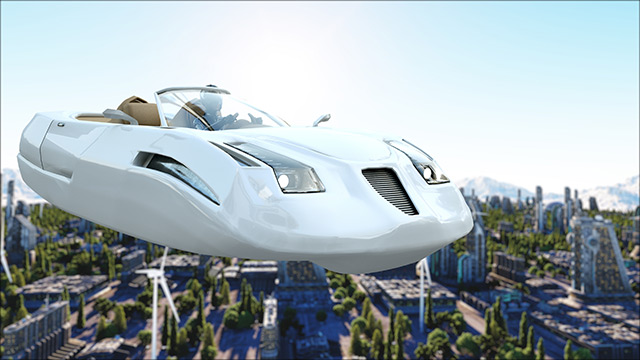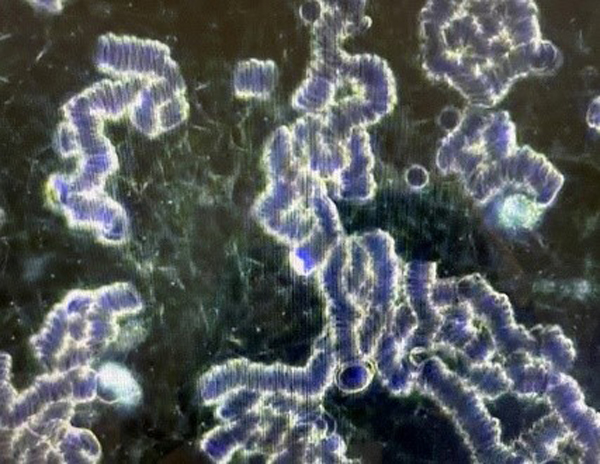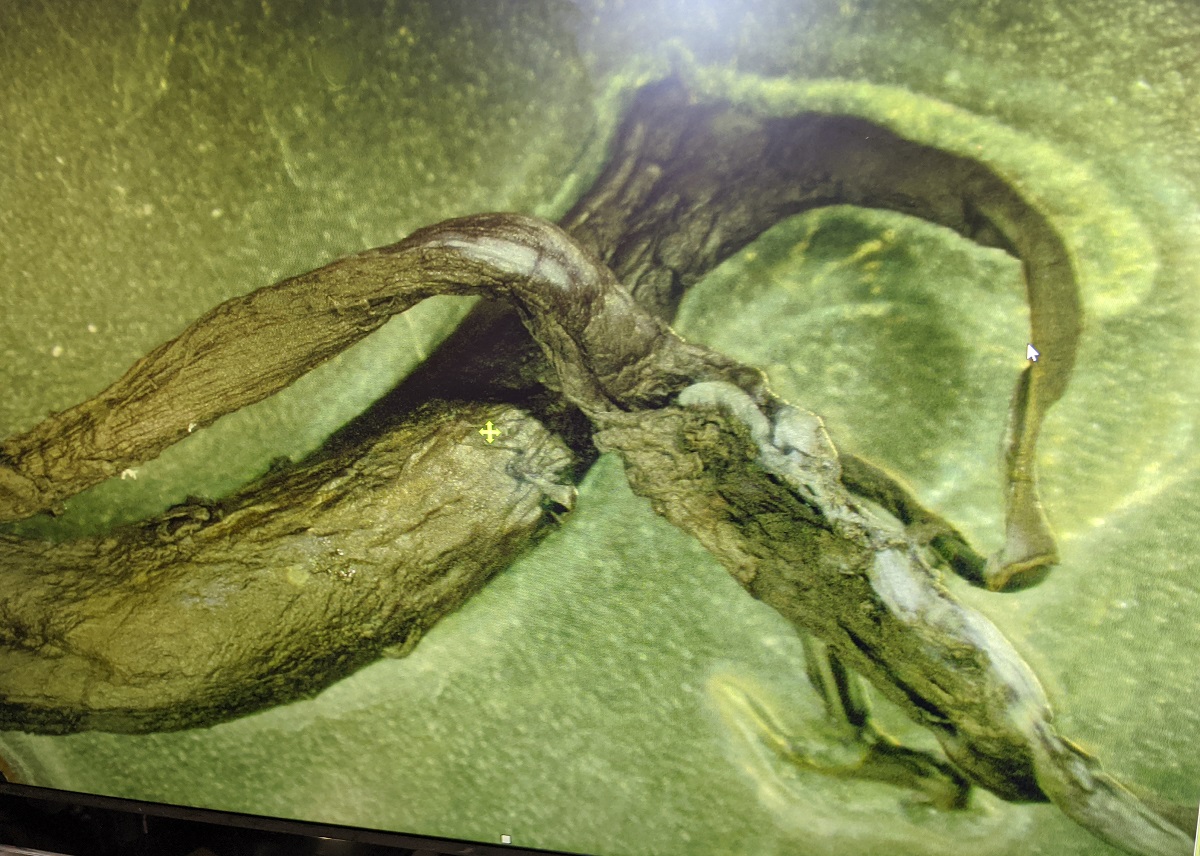Researchers say planet between Saturn and Uranus got “kicked out” of the solar system
11/11/2020 / By Virgilio Marin

A recent study published in the journal Icarus suggests that the solar system likely had an extra planet located between Saturn and Uranus. Researchers from the U.S. and France ran simulations of the solar system’s evolution and found that a giant icy planet might have influenced Neptune and Uranus’s current positions. However, the planet got kicked out of its orbit during a period of instability that also saw significant changes in the orbital patterns of Jupiter and Saturn.
Reshuffling in the outer solar system
In its infancy, the sun was surrounded by a rotating disk of gas and dust from which planets would be born. The orbits of early formed planets in the outer solar system are thought to be once close-packed and circular. But gravitational interactions between the larger objects caused these young giants to reshuffle, creating the configuration seen today.
This modern configuration, however, appeared to be highly unusual. For one, Uranus and Neptune couldn’t have formed in their present positions — the protoplanetary disk was too thin at the edge of the solar system to account for the bulk of the two ice giants.
To investigate how the planet’s modern arrangement took shape, the researchers ran 6,000 simulations showing how the solar system evolved over time. The researchers found that Uranus and Neptune’s positions were likely influenced by a giant icy planet that got booted out of the young solar system and by the mass of the Kuiper belt, an icy region on the edges of the solar system composed of planetoids and dwarf planets like Pluto.
Moreover, the results indicated that Jupiter and Saturn might have previously traveled in “eccentric” orbits (oval-shaped) and had different orbital durations than initially thought. Prior research suggested that young Jupiter orbited the sun three times for every two orbits completed by Saturn. But the team found that a ratio of two Jupiter orbits to one Saturnian orbit more consistently produced results that resembled the present arrangement of the planets.
“This indicates that while our Solar System is a bit of an oddball, it wasn’t always the case,” said lead author Matt Clement of the Carnegie Institution for Science.
5th Planet in the outer solar system ejected by Jupiter
There had been several attempts to explain the rather odd arrangement of the planets today. A 2011 study, published in the Astrophysical Journal Letters, also supports the existence of a young giant that once orbited between Saturn and Uranus.
If the planets were initially packed close together, the four “gravitational bullies” of the outer solar system wouldn’t have gone quietly into their new positions. Previous simulations showed that at least one planet should have been ejected from the solar system due to the shuffle.
As there are still four planets in the outer solar system, study author David Nesvorny of the Southwest Research Institute in Colorado suggested that there was likely an extra planet that once orbited alongside these four giants.
Nesvorny ran thousands of computer simulations with four or five gas giants in various initial positions around the sun. Around 90 percent of the four-planet simulations ended up with only three remaining planets. Meanwhile, half of the five-planet simulations ended up with four intact giants in an arrangement that looks remarkably like the current outer solar system. (Related: Study: “Gateway” region near Jupiter causes small celestial bodies to change their orbit.)
According to Nesvorny, the best results occurred when the fifth planet started between Saturn and Uranus and got ejected by Jupiter.
Planet ejection usually happens as a result of a close planetary encounter. This causes one of the objects to accelerate so rapidly that it breaks free from the sun’s gravitational pull and goes slingshotting out into the galaxy. Nesvorny said that such an encounter was likely responsible for kicking out the fifth planet.
“Our solar system looks calm and quiet now, but we pretty much know that it had this violent past,” said Nesvorny.
Interested in how the solar system formed? Visit Cosmic.news.
Sources include:
Submit a correction >>
Tagged Under:
cool science, cosmic, Jupiter, Neptune, outer solar system, planet ejection, planets, research, saturn, Space, Uranus
This article may contain statements that reflect the opinion of the author
RECENT NEWS & ARTICLES
COPYRIGHT © 2017 DISCOVERIES NEWS





















